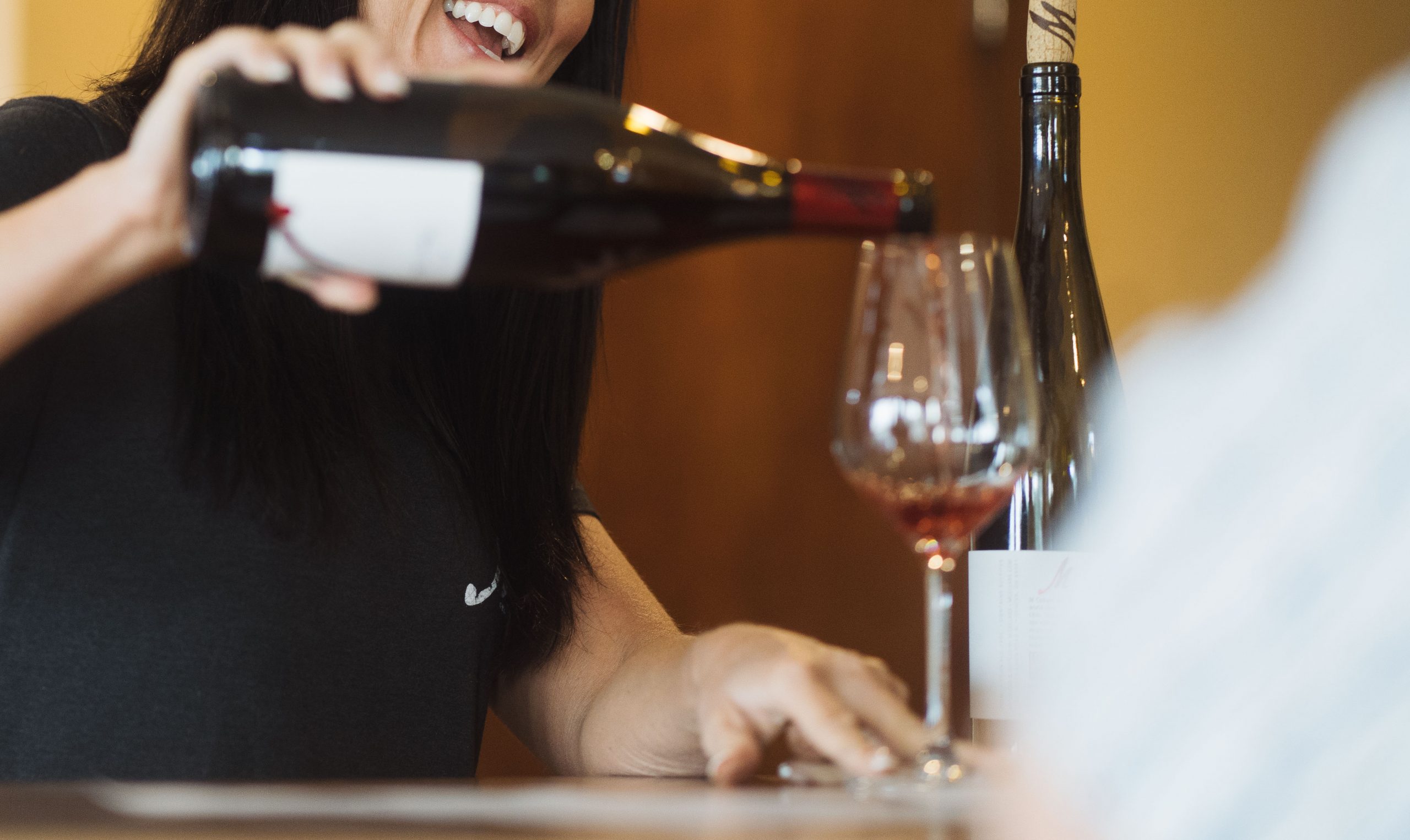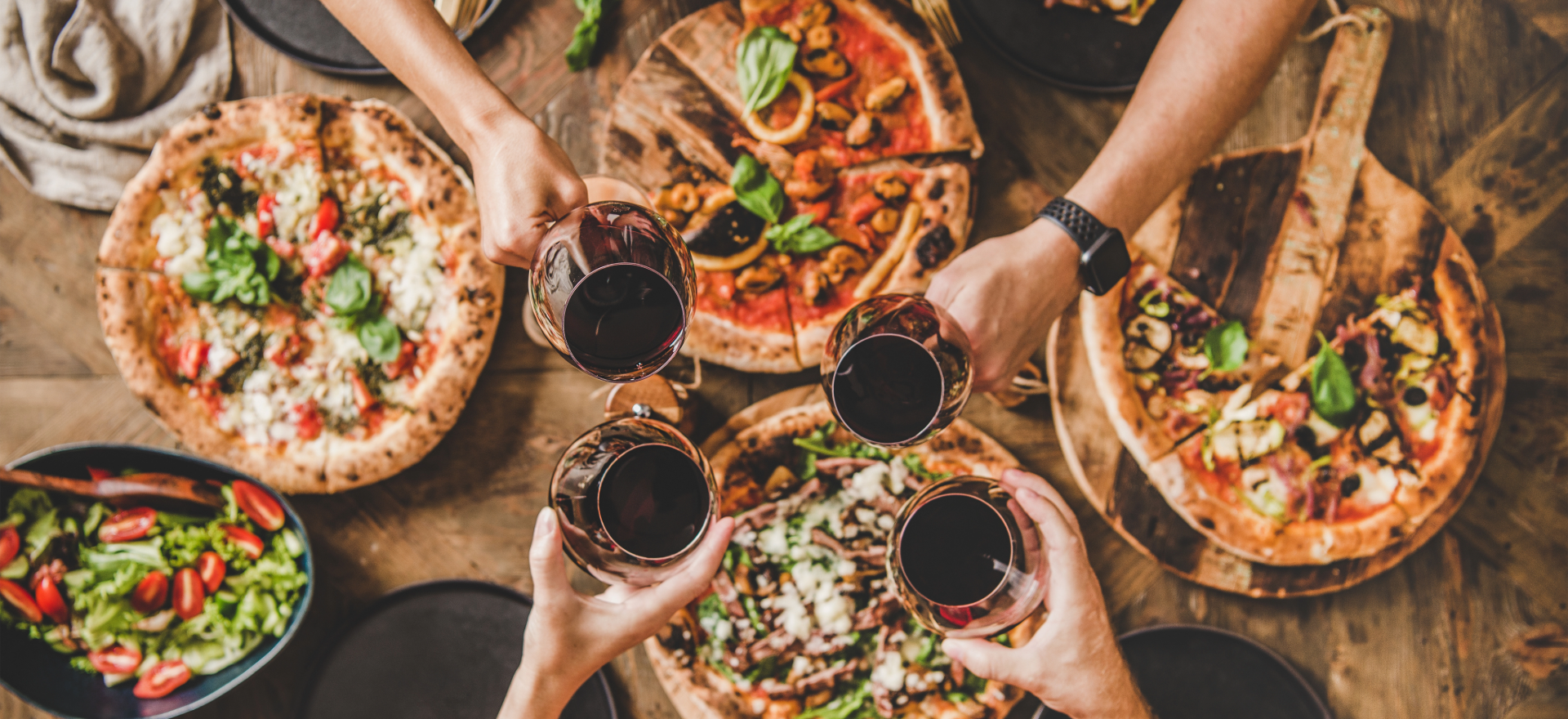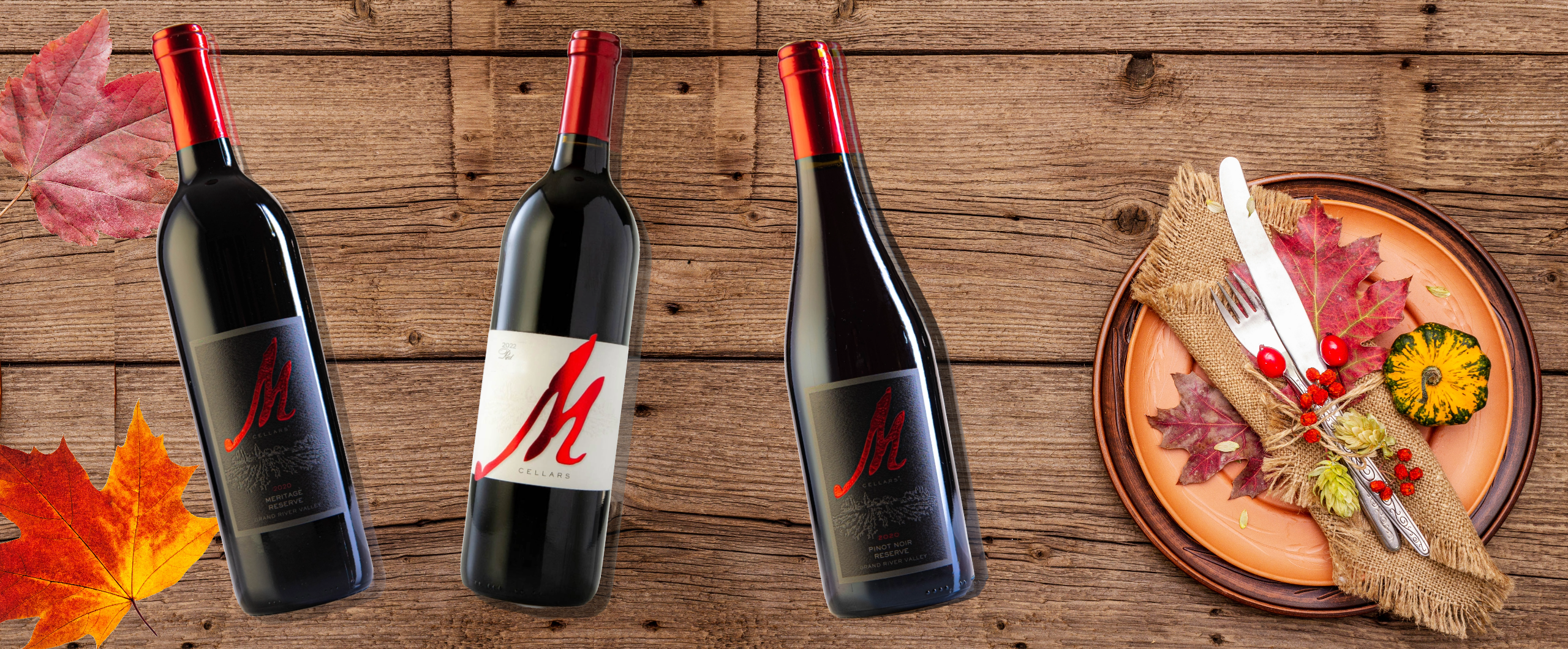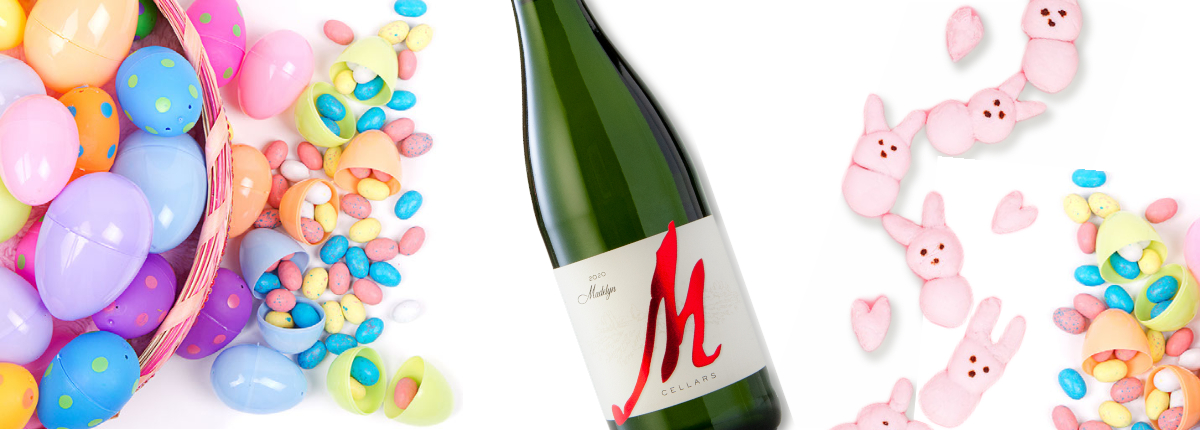Wine, by design, is a social drink. But when you can’t get together to toast with friends or discuss new varietals in a tasting room, what’s a wine lover to do? One solution is to go digital. With that in mind (and a glass of rosé in hand) we created this step-by-step guide for hosting your own virtual wine tasting.
Step 1. Set up your tasting room (i.e. choose your platform)
For a social wine tasting event, it’s more fun if guests can all see each other. The House Party app allows up to eight video chatters in a room at a time for free, Google Hangouts allows 25 (although only four can be seen at once), while a paid Zoom account accommodates 100 in the same session (you can also change your virtual background into something like, say, a vineyard). Choose a platform that works for your group. Laptop or desktop versions of these apps often offer better video conferencing features than their mobile counterparts, so let your guests know that. You might want to do a test-run prior to the event. Feel free to bring a glass of bubbly to that, too.
Step 2. Find your wines
For a true tasting, each participant should have the same wine. This takes a bit of planning, but we’re here to help. M Cellars now offers curbside service and delivery to Ohio, Pennsylvania, Florida and Washington, D.C. (with complimentary shipping for four bottles or more, and greater savings for larger orders by joining our wine club). You can get those details here.
Now, how many wines, and which to choose? Consider the number of participants in each household, as well as how long you want your event to last. Two to four may work nicely. Here are our recommendations for spring:
-
- 2017 Estate Brut Rosé: Made in the traditional Champagne style, sparkling and light with clean aromatics
- 2017 Estate Pinot Gris: Light bodied and fruit-forward with great acidity
- 2018 Estate Dry Rosé: Soft and well balanced with notes of strawberry and watermelon
- 2017 Estate Pinot Noir Reserve: Rare, well balanced and barrel-aged to perfection
Step 3. Step into your sommelier suit
Impress your guests with a few notes of knowledge and some special skills as you guide them through the tasting, provided in part by our very own sommelier, Scott Stutz.
OPENING SPARKLING WINE
-
- Remove the cork cage by spinning the tab (about 6-7 turns)
- Hold the bottle at a 45-degree angle, and use a towel over the cork for grip
- Now, this is the key: turn the bottle, not the cork
- Ease the cork out (we’re going for a gentle sigh, not a huge pop; this preserves the bubbles we love so much*)
*We use the Champagne method for our sparkling wines, which creates the longest-lasting bubbles.
GUIDING THE TASTING
It’s your party so you can serve as you want to, but generally, we can recommend the following order: bubbles (including sparkling rosés), light whites, rich whites, still rosés, light reds, bold reds, dessert wines.
Each pour should just be enough for just a sip or two. Guests should explore the wine by sight, smell and taste. Instruct them to evaluate aromas they detect both before and after tasting. They can also consider texture, and how elements evolve from the beginning to the middle (mid-palate) to the end (finish) of the taste.
Ask your guests to share what they taste. There is no wrong answer—it’s all about personal experience. There could be notes of pear or lemon, or something more abstract, like a cornfield on a country road, or the first light of a June morning. Here’s a pro tip: ask them to relate the experience to a memory, setting or emotion.
It’s also nice to remind guests that there’s no wrong or right taste preference. Most people begin with sweet wines, and palates evolve over time. It’s an individual journey… that’s best shared with friends.
WINE FUN FACTS
Here are a few drops of knowledge to incorporate as you see fit.
-
- Champagne flutes didn’t become popular until the 1950s.
- A fear of wine is called “oenophobia.” (We believe running out of wine is much scarier.)
- “Drinking to one’s health” dates back to ancient Greece, where the host took the first sip to assure guests they weren’t being poisoned. “Cheersing” is said to originate for similar reasons—mixing drinks together proved a lack of poison.
- The smell of young wine is called an “aroma,” while a more mature wine has a “bouquet.”
- European wines are named for their geographic locations; non-European wines are named for grapes varieties.
Let us know how your virtual wine tasting goes (and if you’d be interested in more sommelier-led events from M Cellars) in the comments below.
